
The Gallipoli campaign was a military campaign in the First World War that took place on the Gallipoli peninsula, from 17 February 1915 to 9 January 1916. The Entente powers, Britain, France and Russia, sought to weaken the Ottoman Empire, one of the Central Powers, by taking control of the Turkish straits. This would expose the Ottoman capital at Constantinople to bombardment by Allied battleships and cut it off from the Asian part of the empire. With Turkey defeated, the Suez canal would be safe, and a year-round Allied supply route could be opened through the Black Sea to warm water ports in Russia.

Edmund Heller was an American zoologist. He was President of the Association of Zoos & Aquariums for two terms, from 1935-1936 and 1937-1938.
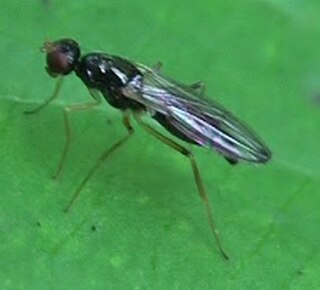
The Strongylophthalmyiidae are a small family of about 80 species of slender, long-legged flies, the majority of which occur in the Oriental and Australasian regions. They are divided into two genera, the monotypic Southeast Asian genus Nartshukia Shatalkin, 1993 and Strongylophthalmyia Heller, 1902. The relationships of the group are obscure; formerly the genus Strongylophthalmyia was classified with the Psilidae, and some recent classifications place it within the Tanypezidae. Little is known of their biology, but many species seem to be associated with rotting bark.
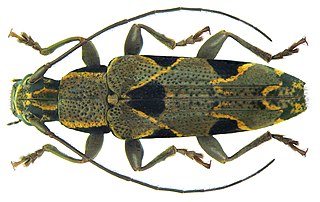
Tmesisternini is a tribe of beetles in the subfamily Lamiinae containing the following genera:
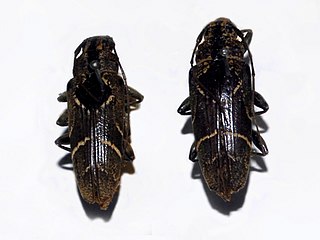
Tmesisternus is a genus of longhorn beetles belonging to the family Cerambycidae, subfamily Lamiinae.
Tmesisternus agriloides is a species of beetle in the family Cerambycidae. It was described by Francis Polkinghorne Pascoe in 1867.
Tmesisternus brassi is a species of beetle in the family Cerambycidae. It was described by Gressitt in 1984.

Tmesisternus distinctus is a species of beetle in the family Cerambycidae. It was described by Jean Baptiste Boisduval in 1835.
Tmesisternus dubius is a species of beetle in the family Cerambycidae. It was described by Xavier Montrouzier in 1855.

Tmesisternus elegans is a species of beetle in the family Cerambycidae. It was described by Karl Borromaeus Maria Josef Heller in 1914.
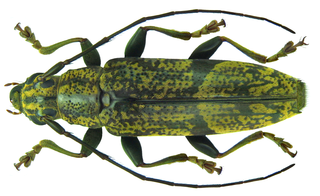
Tmesisternus griseus is a species of beetle in the family Cerambycidae. It was described by James Thomson in 1865.
Tmesisternus jaspideus is a species of beetle in the family Cerambycidae. It was described by Jean Baptiste Boisduval in 1835.

Tmesisternus latifascia is a species of beetle in the family Cerambycidae. It was described by Karl Borromaeus Maria Josef Heller in 1914. It is known from Papua New Guinea.

Tmesisternus luteostriatus is a species of beetle in the family Cerambycidae. It was described by Karl Borromaeus Maria Josef Heller in 1912.

Tmesisternus nigrotriangularis is a species of beetle in the family Cerambycidae. It was described by Karl Borromaeus Maria Josef Heller in 1914.

Tmesisternus prasinatus is a species of beetle in the family Cerambycidae. It was described by Karl Borromaeus Maria Josef Heller in 1914. It is known from Papua New Guinea.
Tmesisternus schaumii is a species of beetle in the family Cerambycidae. It was described by Francis Polkinghorne Pascoe in 1867. It is known from Moluccas, Australia, and the Solomon Islands.

Tmesisternus trapezicollis is a species of beetle in the family Cerambycidae. It was described by Karl Borromaeus Maria Josef Heller in 1914. It is known from Papua New Guinea.
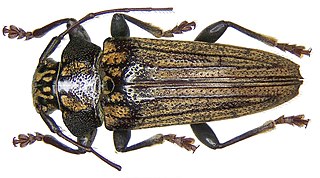
Tmesisternus venatus is a species of beetle in the family Cerambycidae. It was described by James Thomson in 1864.
Tmesisternus vinculatus is a species of beetle in the family Cerambycidae. It was described by Karl Borromaeus Maria Josef Heller in 1914.













